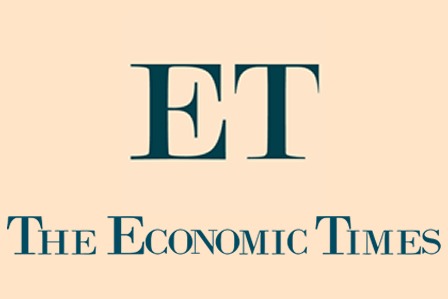Sinha, who leads the country’s largest renewable energy firm, said his company has enough capacity in the pipeline due for construction over the next 18 months, and will only quote tariffs that are sustainable in the long run.
Renewable energy companies with a strong portfolio are becoming prudent about adding capacity through auctions because of various factors such as currency fluctuation, interest rates and the infrastructure needed to transmit electricity from a new plant, Sumant Sinha, chairman of ReNew power, said.
Sinha, who leads the country’s largest renewable energy firm, said his company has enough capacity in the pipeline due for construction over the next 18 months, and will only quote tariffs that are sustainable in the long run.
Apart from the 4,100 MW commissioned capacity, ReNew Power has a pipeline of 2,400 MW projects, of which 1,500 MW is wind and the remaining solar.
“I think we have been careful bidders in the past, we will be that in the future also. We haven’t become the largest company by being aggressive, but I think you have to be careful about your business. And especially now, when the easiest thing to do in the world is winning capacity, and it’s very tempting to do that, and where financial markets are getting stressed, it’s even more important to be careful,” Sinha told ET in an exclusive interaction.
Sinha said different players are making different assumptions in the wake of present currency fluctuations, rising interest rates, location where the projects are to be built and the evacuation infrastructure there when they go on to quote a varied range of tariffs.
“So some people are being more alive to changing macro environment around us, and being a little more careful, and some people are not,” he said, addressing the concern of aggressive bidding in the sector.
Talking about a recent tender that mandated setting up of solar component manufacturing along with power projects, Sinha said independent power producers (IPPs) are reluctant to get into manufacturing business on their own, and most manufacturers do not want to set up new capacity as there is a glut of capacity after China scaled down its solar targets earlier this year.
The tender may attract renewed interest and companies will be willing to participate if the government tweaks a few conditions relating to the linkage of PPA and manufacturing, he said.
Last month, the timeline for submission of bids for the said tender was extended as developers refused to show up, citing various flaws in the bid structure, and most importantly, the Indian industry’s incapacity to compete with cheap Chinese solar panels.
Addressing financing concerns, Sinha said lenders and NBFCs are becoming cautious, even though the company itself has not yet faced trouble with financing.
“And I think that is going to result in problems for IPPs, especially those that are thinly capitalised,” he added.
Recently, stakeholders have raised alarm that bankers are not willing to fund renewable energy projects in India as stress in the thermal sector continues to weigh down on the overall investment sentiment for the power sector.
Talking about the debate around tariffs—whether the government’s decision to cap solar power tariffs at Rs. 2.5 per unit is justified—Sinha said that tariffs around Rs. 2.75 per unit would keep most IPPs in a comfortable spot and the government must look to increase the pace at which capacity is being built out at this point of time.
“My view is that as long as it (tariff) is sub- Rs. 3, it’s fine. Now at this level, the government should focus on how to maximize scale and address the grid problem that will inevitably arise with higher scale,” Sinha said.
“One is to build out the grid, and second is grid management. That’s really where the focus needs to be, rather than squeezing further and further, and bringing the volumes down further. That will go against the 175 GW target,” he added.
Source: The Economics Times



